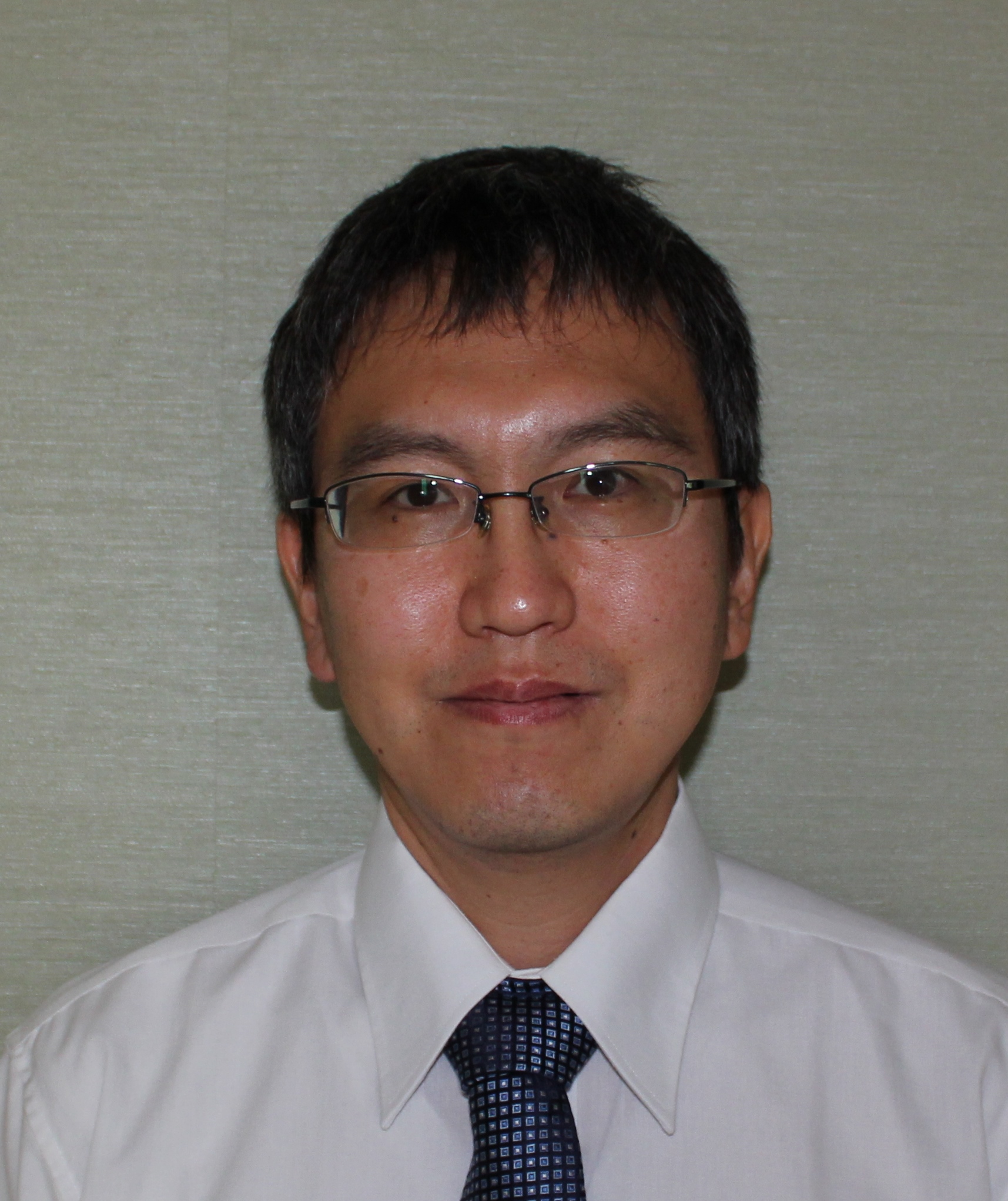Bio
I started my academic career by joining Institute for Social and Economic Research, Osaka University as assistant professor, 1996-1997. In 1998, I got the job at National Graduate Institute for Policy Studies as an associate professor. I moved to the center for special information science at University of Tokyo in 1999, and got back to National Graduate Institute for Policy Studies in 2005. From 2008 on, I have been a professor of National Graduate Institute for Policy Studies.

